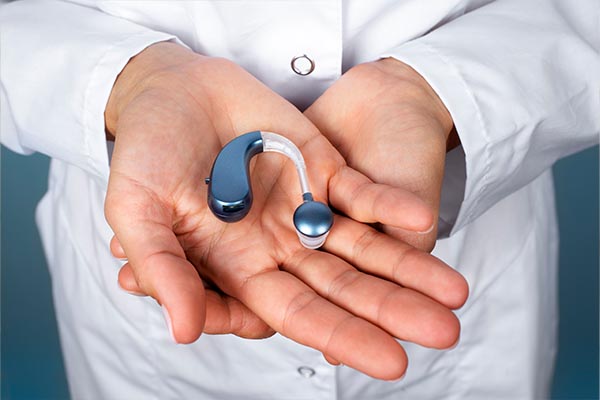
Pacemaker implantation is a medical procedure performed to treat abnormal heart rhythms or bradycardia (a slow heart rate). It involves the placement of a small electronic device, called a pacemaker, under the skin, typically near the collarbone. The pacemaker consists of a pulse generator and one or more leads (thin wires) that are threaded through veins into the heart. The pulse generator continuously monitors the heart's electrical activity and delivers electrical impulses, if needed, to regulate the heart rate and rhythm. The procedure is performed under local anesthesia, and the leads are carefully positioned in the heart's chambers to ensure proper functioning. Pacemaker implantation helps to restore and maintain a normal heart rate, improving the patient's overall cardiac function and quality of life. Regular follow-up appointments are necessary to ensure the pacemaker's optimal performance and adjust settings as needed.